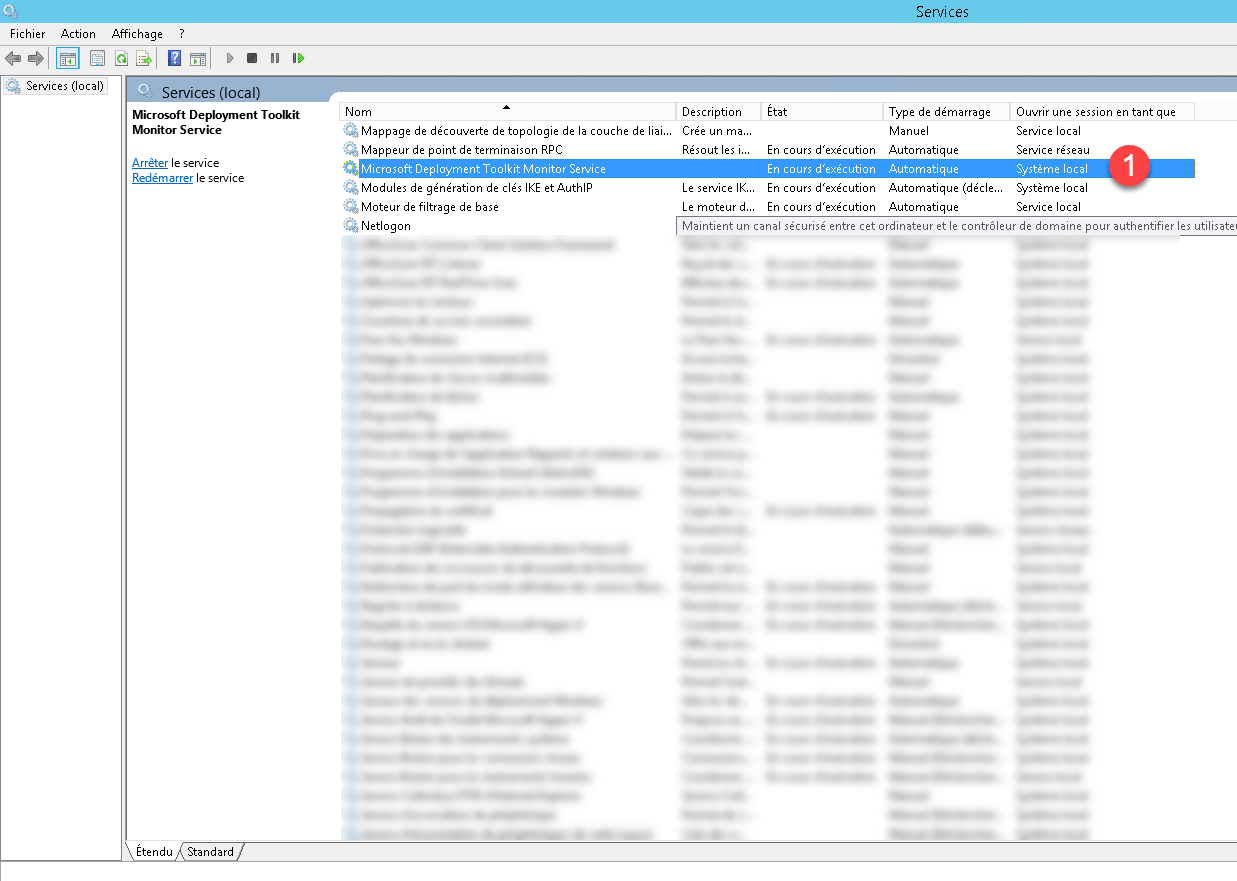

- Mdt microsoft install#
- Mdt microsoft drivers#
- Mdt microsoft update#
- Mdt microsoft driver#
- Mdt microsoft iso#
Mdt microsoft install#
If you don’t have access to the network share, just create an offline image and install it from DVD/USB.
Mdt microsoft iso#
With this menu, you will create an offline ISO file that you can burn it into a DVD or USB and use it similar to the image on the share. If needed you can re-add the task later or add new tasks to customize the deployment.Īnother important menu is “Advanced Configuration -> Media”. If you don’t need a task you can remove it, just click on “Remove” and the task selected is removed from the task sequences. If you don’t need a task inside the whole task sequences, click on the task name and with the options tab you will see “Disable this step”, just check the box and this way will disable this task. You will have tasks for each phase of a deployment. Similar to other menus you can create folders inside Task Sequences to organize better when you have many OS versions.Ī regular task sequence looks like this one below. As an important part of the deployment you need to create a task for each version of Windows that you need to deploy.
Mdt microsoft drivers#
Review the import results, check the folder where the drivers were supposed to be added.
Mdt microsoft driver#
Select the Driver source folder and click on Browse, then navigate to the folder where you have the drivers and then click Next.Ĭheck the summary, click next and when is done just click on Finish. If you want to add new drivers, select the folder where you want to add the drivers and click on Import Drivers (or right click on folder). Inside those folders you can have sub-folder to organize all the drivers. You can create two main folders: x86 and 圆4. Next option that will be used a lot to keep the images updated is Out-of-Box Drivers. Same like the applications you can create folders and organize better all the OS you add to the share. On the right side you have the option to Add: New Application or Folder. You can create folders inside this menu to organize better the applications. Let’s start with the first menu “Applications”. Monitoring – used to monitor the deployment.Advanced Configuration – has profiles, linked deployment shares and the most important “Media” (this is used to create offline media to deploy when there is no network access).Task Sequences – you can customize the tasks that will take place when deploy a new image.Packages – any package that will be added to the image.Out-of-Box Drivers – any driver you want to add to a Windows image, before deploy to users.Operating Systems – add any Windows OS (desktop or server) you want to deploy.Applications – any application that you want to Add and to be part of the Windows image that you will deploy.Inside a deployment share you will see the following: Click on the right side on “Open Deployment Share”Īfter the share is opened you can start add/modify the options. Next step after you created the share is to open it.

Summary to check everything looks OK, click Next. Next step is for options, choose anything that you need with your share. Make sure is the same name with the name of the folder that you put in the first step, otherwise you will get an error and cannot go to the next step. First step is to choose the path for the share, for a network path use: \\server-name\share-folder\

The menu on the right side has “New / Open Deployment Share”. When you use it for the first time you need to create a New Deployment Share. Let’s start it, look for Deployment Workbench and open it.
Mdt microsoft update#


 0 kommentar(er)
0 kommentar(er)
